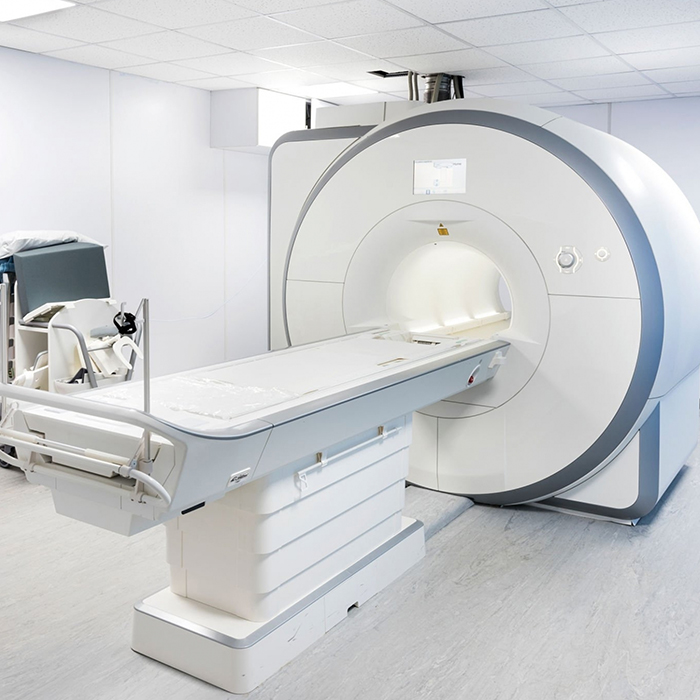
PET-CT Scan
The PET-CT imaging unit at Valentis Cancer Hospital specializes in advanced imaging techniques to aid in the diagnosis and management of cancer. Our skilled team utilizes Positron Emission Tomography combined with Computed Tomography (PET-CT) scans, which provide detailed insights into the metabolic and anatomical aspects of cancer.
Our dedicated professionals, trained in PET-CT imaging, work closely with other medical experts to ensure optimal care for our patients. By analyzing the PET-CT scan results, they collaborate to devise personalized treatment strategies tailored to your specific needs. Through this cutting-edge imaging technology, we accurately stage and assess the type of cancer, enabling us to guide you towards the most effective treatment path.
When Do You Need a PET-CT Scan?
Following a cancer diagnosis, undergoing a PET-CT scan is typically among the initial stages of your patient experience at Valentis Cancer Hospital.
Our expert PET-CT imaging team is here to assist you in comprehending the outcomes of your scan, as well as the subsequent steps in your diagnostic journey. If any inquiries arise, seeking consultation from our PET-CT specialists is advisable.
Depending on your specific cancer type and the treatment roadmap you pursue, interactions with additional specialists, beyond the PET-CT imaging experts, may also come into play.
How PET Imaging is Conducted?
PET scans are typically performed on an outpatient basis, and in some cases, hospital inpatients might undergo PET examinations for specific conditions. While individual facilities may have distinct protocols, the general procedure for a PET scan is as follows:
Preparation: Patients are advised to remove any clothing, jewelry, or objects that might interfere with the scan. A gown will be provided if necessary.
Bladder Emptying: Patients will be requested to empty their bladder before the procedure begins.
IV Line Setup: One or two intravenous (IV) lines will be established in the hand or arm to inject the radionuclide.
Urinary Catheter (if needed): For specific abdominal or pelvic scans, a urinary catheter might be inserted to drain urine during the procedure.
Initial Scan (if required): Depending on the study type, an initial scan might be performed before injecting the radionuclide. The patient will then be positioned on a padded table within the scanner.
Radionuclide Injection: The radionuclide will be injected through the IV line. It will be allowed to concentrate in the targeted organ or tissue for about 30 to 60 minutes. During this period, the patient will stay at the facility. The emitted radiation is minimal and poses no hazard to others, unlike a standard X-ray.
Scan Commencement: After the appropriate absorption time, the actual scan will commence. The scanner will move slowly over the area of interest.
IV Line Removal: Once the scan is completed, the IV line will be removed. If a urinary catheter was inserted, it will also be removed.
The PET scan procedure at Valentis Cancer Hospital adheres to stringent safety measures, ensuring a comprehensive and secure experience for our patients.
